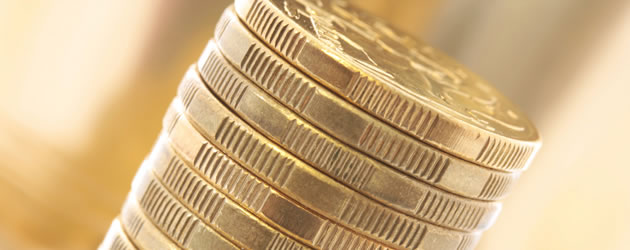
Yesterday the Australian Dollar was able to climb as Chinese import data improved the trade prospects of the South Pacific nation. The ‘Aussie’ has since shed those gains however, knocked back by less-than-impressive Australian employment figures.
The Australian Dollar exchange rate was trading in the region of 1.0577 against the US Dollar as of 10:17 am GMT
Data compiled by the Australian statistics bureau revealed that the nation’s unemployment rate edged up from 5.4 per cent in February to 5.6 per cent in March – the highest jobless rate for over three-years.
Economists largely anticipated that the unemployment rate would stay the same.
The result caused the ‘Aussie’ to fall against the majority of its currency rivals, posting notable losses against its American and US counterparts.
As economist Joshua Williamson observed: ‘This should reinforce to the policy makers that the labour market still remains soft. This rounds off a week of very soft data for Australia. It suggests that the rebalancing from the mining to non-mining economy will not go particularly smoothly. It reinforces the need for another cut in rates.’
The odds of the Reserve Bank of Australia issuing another rate cut in August have now been raised from below 50 per cent to 52 per cent.
The ‘Aussie’ was also adversely affected by a separate piece of disappointing news. The Australian Westpac Consumer Sentiment Survey showed that after increasing for the previous three months consumer sentiment dropped 5.1 per cent.
A currency strategist with Australia and New Zealand Banking Group noted that when it comes to the Australian Dollar’s relationship with its peers; ‘We’ll probably see weakness on the crosses for the next couple of days, as the view on a recovery in the labour market remains challenged, and also the RBA retains its easing bias.’
Tomorrow’s RBA Credit Card Balances/Purchases report could inspire modest ‘Aussie’ movement.

Comments are closed.